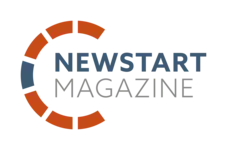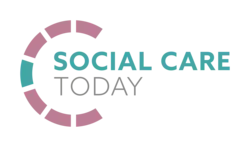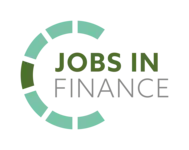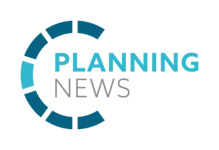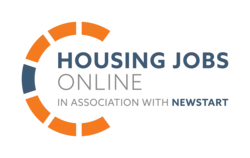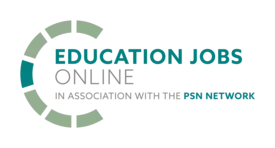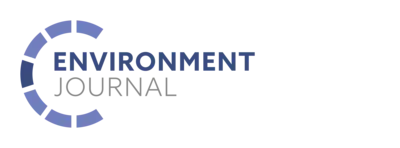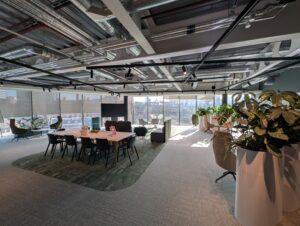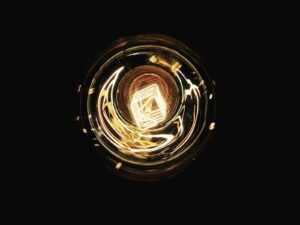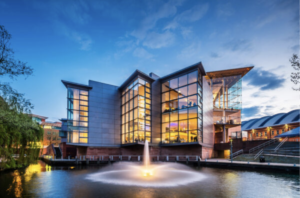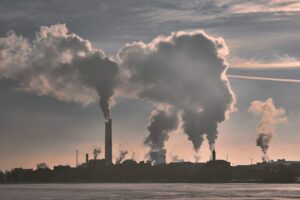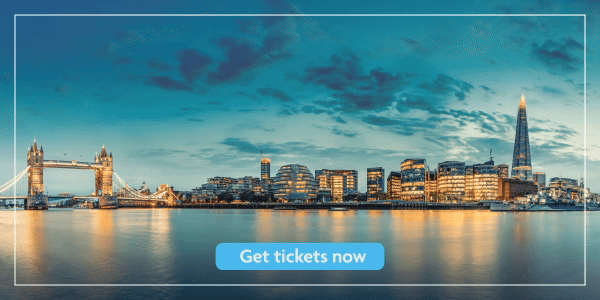The ‘blue light’ emitted from LED streetlights and commercial advertising hoardings have been linked to an increase in the risk of breast and prostate cancer.
The study from Barcelona Institute for Global Health (ISGlobal) and involving the University of Exeter found that participants living in large cities with heavy exposure to LED lighting at night had double the risk of prostate cancer and 1.5 times higher risk of breast cancer. This was compared to populations with less exposure to blue light.
The study, published in Environmental Health Perspectives, includes medical and epidemiological data of more than 4,000 people between 20 and 85 years of age in 11 Spanish regions. It particularly examined Madrid and Barcelona.
In the first study of its kind, outdoor levels of artificial light were evaluated based on night-time images taken by astronauts aboard the International Space Station.
Little is known about how environmental factors affect breast and prostate cancer. The researchers believe that LED lights may disrupt the body’s 24-hour cycle known as the circadian rhythm, in turn affecting hormones. Both breast and prostate cancer are hormone-related.
Dr Alejandro Sánchez de Miguel, of the University of Exeter, said: ‘Humans have evolved to need light during the day and darkness at night. As towns and cities replace older lighting, we’re all exposed to higher levels of “blue” lights, which can disrupt our biological clocks.
‘It’s imperative that we know for sure whether this increases our risk of cancer. Scientists have long suspected this may be the case – now our innovative findings indicate a strong link.
‘We must also investigate whether night-time exposure to the blue light emitted by smartphones and tablets increases our risk of cancer. We must now improve our research methods to ensure this is robust so we can advise on how best to protect human health.
‘Currently, the images taken by astronauts on the International Space Station are our only way of determining the spread of blue light-emitting white LEDs in our cities.’
Last month John O’Hagan, head of Public Health England’s centre for radiation, chemical and environmental hazards, spoke out against LED lighting. He said ‘Humans have a natural body clock that has an approximate 24-hour cycle. However, light is the main trigger to ensure that we stay entrained.’
‘The light spectrum may be enriched in the blue, which may be beneficial for keeping drivers alert, but many people will find the light uncomfortable. High levels of blue light are known to cause damage to the retina in the eye,’ he added.
Read the study here

